Exploring the history of diamonds
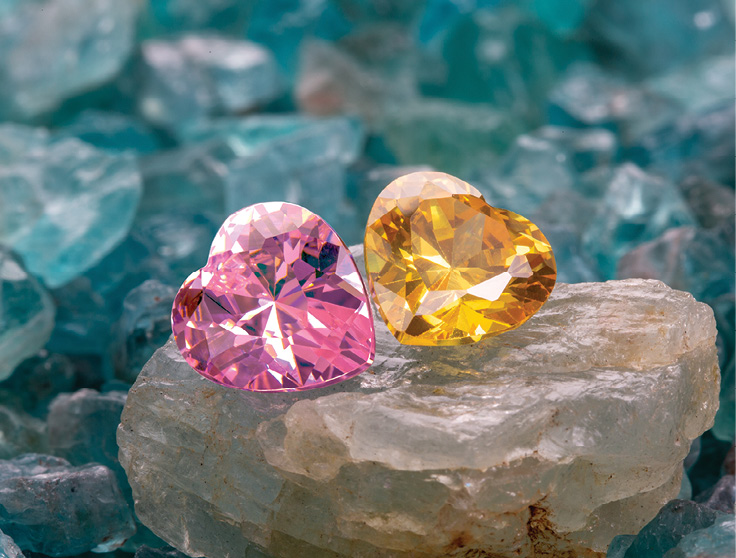
Diamonds are recognized for their beauty and rarity all over the world. This precious gem has a rich history, but despite this, few people other than those who work directly with the stones know exactly how diamonds are formed, where they come from, or the landscape of diamond mining today. To break it down, we have detailed a brief history of diamonds in this guide, from their ancient beginnings to the gems as we know them today.
Discovering diamonds
Let us start at the beginning: most diamonds are formed around 100 miles below the Earth’s surface, within the mantle, which is made up of molten rock. In these high-pressure, high-heat conditions, carbon is transformed into diamonds over millions of years — which are then carried up through lava flows to the Earth’s surface, where we mine them, and have been mining them, for many thousands of years.
The earliest known mention of diamond trading in writing dates to the 4th century BC, in a Sanskrit manuscript discovered in India. While this is the earliest written record, we know that diamonds were used throughout ancient times, often as a cutting tool, as well as in various protective talismans — these would often be worn as jewelry, carried into battle, or placed in burials to aid the deceased in the afterlife.
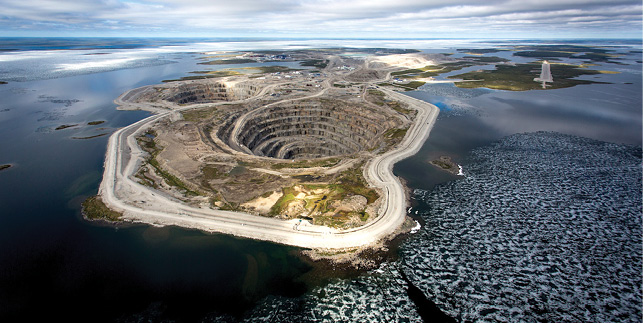
Hundreds of years later, in the 13th century, mentions of diamonds started emerging in Europe. At that time, Venice was considered the capital of European trading for diamonds. In recent centuries, diamonds have been found all over the globe, in Brazil, Australia, Congo, and China, to name but a few. Most famously, South Africa’s diamond pocket in Kimberley — named the largest in the world — was discovered in 1866, which now accounts for up to 90% of the globe’s diamond distribution. Canada has also positioned itself as a major player in the diamond mining landscape, with only a handful of countries having a higher production value for this precious gem.
Diamonds today
Diamonds are around three billion years old, so it is no wonder we have long been fascinated by these precious gems — and willing to pay the hefty cost of owning one. In fact, in 2022, the global market value of diamond jewelry was US$86.5 billion — so diamonds are just as coveted today as when they were first discovered all those years ago.
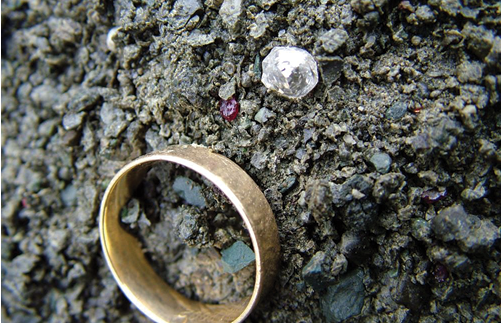
Mined diamonds increase in value over time because of inflation and their limited supply. However, today, the industry has evolved to suit our penchant for sustainability, with lab-grown diamonds now on offer as an alternative to natural mined diamonds. Lab diamonds are said to have all the same natural properties as natural diamonds and are often graded higher in clarity than natural diamonds because of the controlled conditions in which they are created. However, we have an unlimited supply, so they are valued significantly lower than natural diamonds — and therefore may be less appealing as an investment.
Diamonds in our modern world are still used for industrial purposes, often in metalwork and mining. The stones used for these purposes have usually been rejected for use as precious gems, because of flaws in color, shape, or size. Diamonds are also still popular stones to create jewelry and are used to signify a lifelong commitment between two people when used in an engagement ring.
Looking to the future
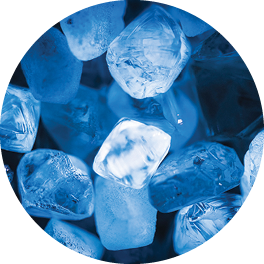
Natural diamonds will always retain their rarity and value. But with the impact of mining on the environment becoming an increasing concern for many, and alternative, lab-grown options now on the market, we cannot guarantee that natural diamonds will always be as highly sought after as they are today. If sustainability initiatives are put in place, mining activities can continue to evolve with the times and provide consumers with natural diamonds that are guaranteed ethically and sustainable as a result.
Diamonds are special gems with an extensive history and have held immense value and cultural importance from ancient times right up until the present day. With the landscape and market constantly evolving, history is still being written, and diamonds will continue to be valuable stones cherished by all for years to come.
Kathleen White is an independent business analyst who serves a variety of sectors. She earned a first-class honours degree in business and management from the University of Bristol. In her own time, she likes to write to impart what she has learned in the hopes of helping other companies.

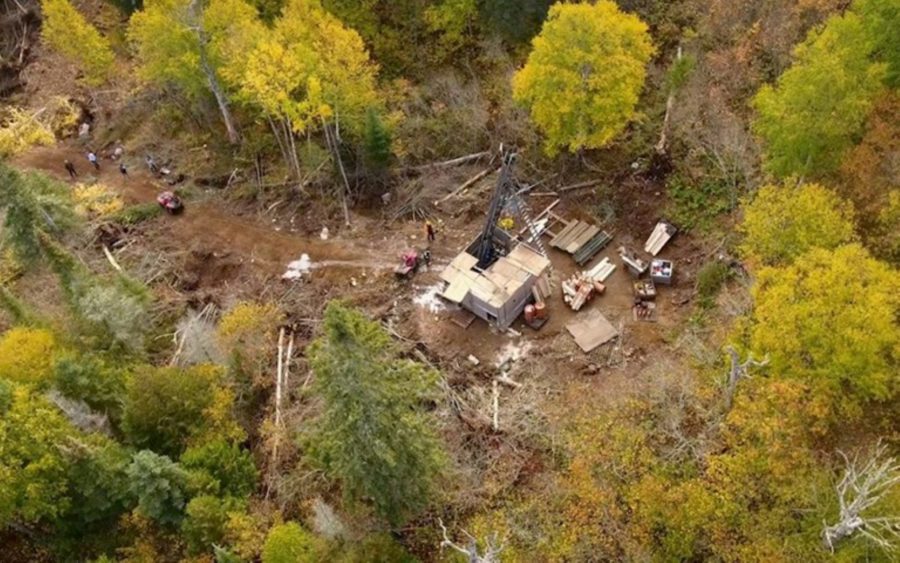

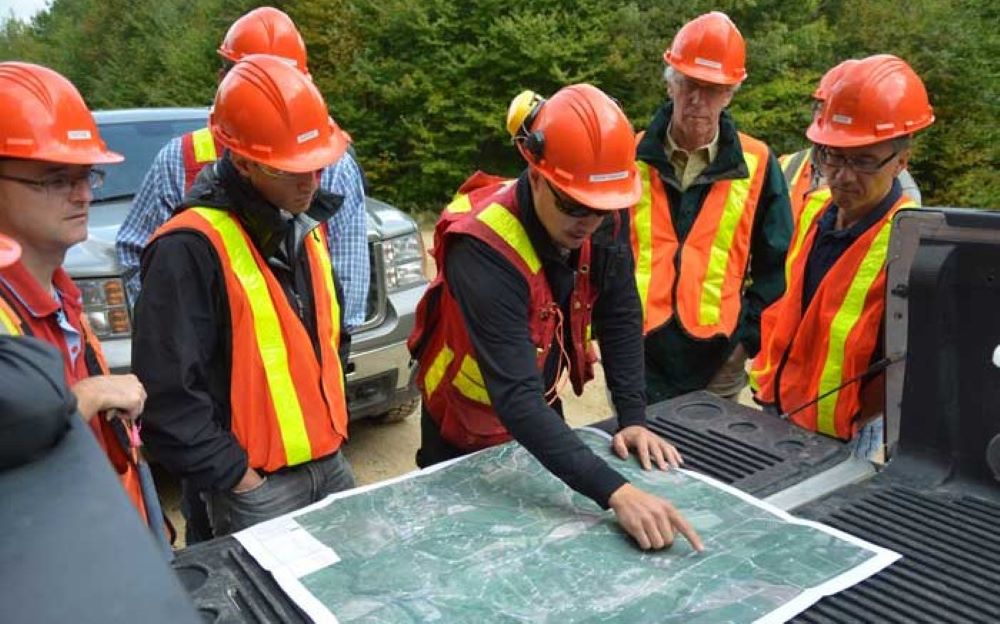

Comments